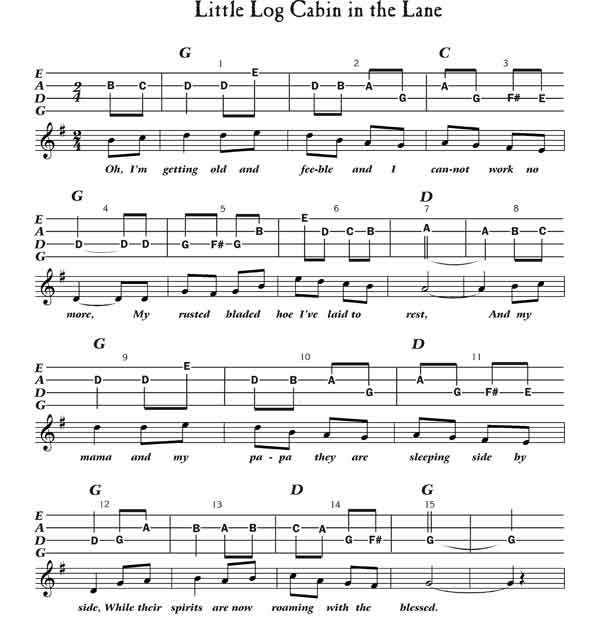
Need a quick lesson on how to read these free bluegrass fiddle tabs? Read this brief introduction, “A Word About the Free Bluegrass Fiddle Tabs.”


Need a quick lesson on how to read these free bluegrass fiddle tabs? Read this brief introduction, “A Word About the Free Bluegrass Fiddle Tabs.”

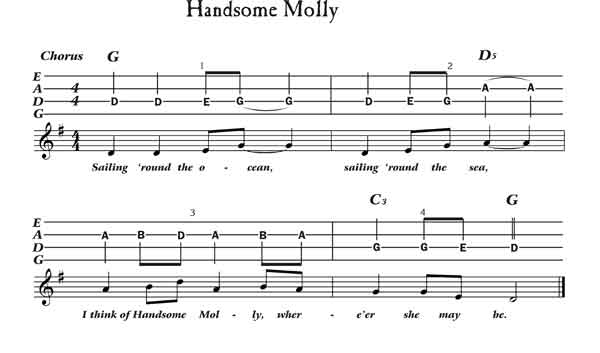
Need a quick lesson on how to read these free bluegrass fiddle tabs? Read this brief introduction, “A Word About the Free Bluegrass Fiddle Tabs.”

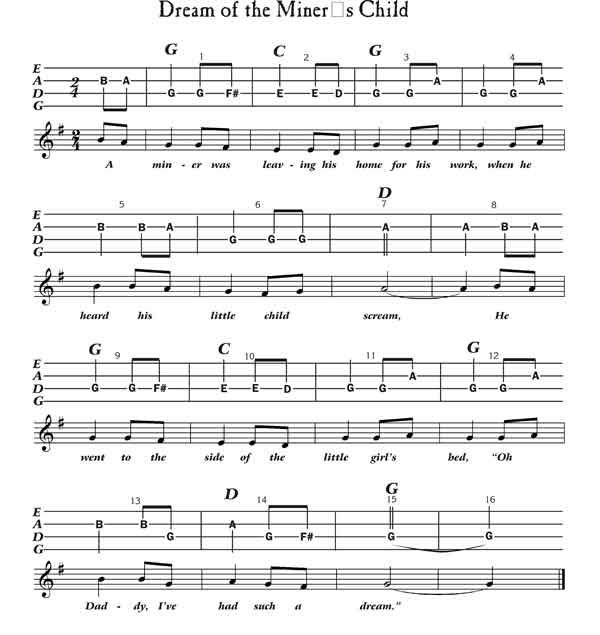
Need a quick lesson on how to read these free bluegrass fiddle tabs? Read this brief introduction, “A Word About the Free Bluegrass Fiddle Tabs.”


Need a quick lesson on how to read these free bluegrass fiddle tabs? Read this brief introduction, “A Word About the Free Bluegrass Fiddle Tabs.”


Howdy!
These free bluegrass fiddle tabs are written out for you two ways, in standard musical and also in a style of tab that I invented. Instead using numbers on the strings to represent the finger that you use, I put the name of the note you play.
This method does require you to learn the eight notes of the scale, and where to find them on your fiddle. This may seem like a “royal pain,” but trust me, this will give your music a BIG BOOST. You absolutely need to know the name of the note you’re playing, instead
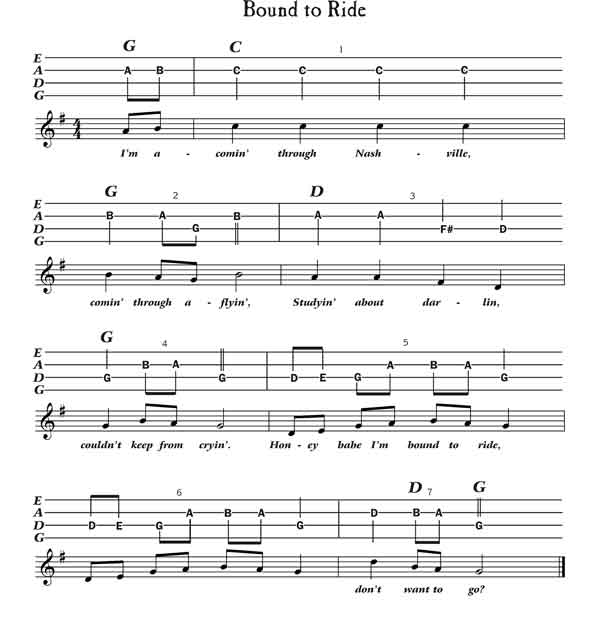
Need a quick lesson on how to read these free bluegrass fiddle tabs? Read this brief introduction, “A Word About the Free Bluegrass Fiddle Tabs.”


The West Virginia Coon Hunters-On the Trail of a Lost String Band by John Lilly
Not long ago, two men from West Virginia — both fine guitarists — were enjoying a visit to Nashville. During part of their stay, they browsed some of the big record stores in Music City, marveling at the wealth of country music LP’s, CD’s, and cassettes offered for sale — recordings that they could never find in the stores back home.
Robert Shafer, a national champion flatpicker from Elkview, casually picked up a release of vintage old-time music. On the back of the jacket,
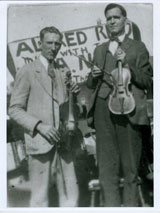
The Blind Man’s Song – Recalling Alfred Reed By John Lilly
Young Violet Reed climbed a tall tree near her family’s home in Summers County and watched the road. She was looking for her father, Blind Alfred Reed, to return from Hinton, where he would go most days with his fiddle to play and sing on a street corner, a tin cup by his side. She could see him coming from a distance, walking down the road, fiddle tucked under one arm. Sometimes, if the day went well, he’d have a pound of bacon in his hand. Or, if the
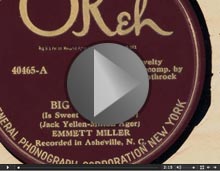

The guitarist, Henry Whitter, slid his chair across the floor to bring his instrument a little closer to the recording machine’s sound-gathering horn. A harmonica dangled from his neck on a wire truss; he made a tentative puff on it

By George R. Gibson
Uncle Dave Macon, the first star of the Grand Old Opry, was an extraordinary banjo player and entertainer. It is likely that black musicians as well as minstrel entertainers influenced his music. Earl Scruggs, who originated a unique style of bluegrass banjo playing, came from a mountain area where banjos and banjo songs had long been a part of the culture. Many mountain banjo songs became popular with early radio string bands, and later became bluegrass standards. When the banjo and banjo songs entered the mountains is a question that has not been definitively addressed.
Various